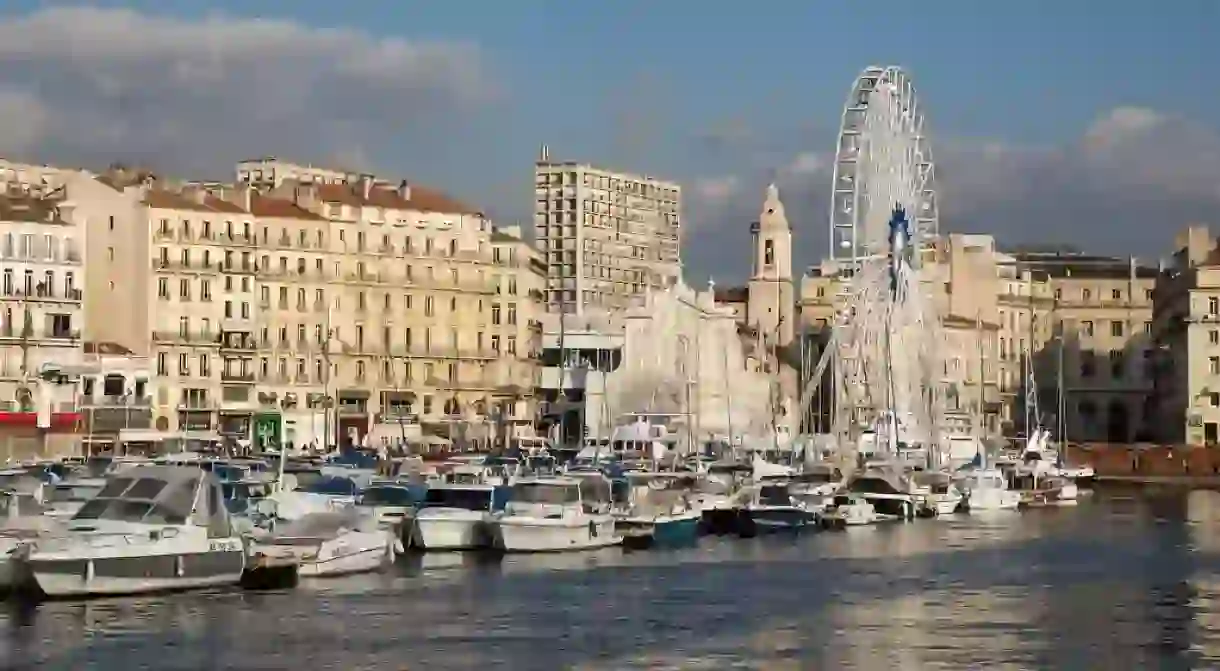How This Famous French Street Got Its Name From Cannabis

The Canebière in Marseille is one of its most iconic streets and it has a lively history that includes drugs, prostitution, beheadings and riches.
It’s One Of The Most Well-Known Boulevards In Marseille
The Canebière is one of the best-known thoroughfares in Marseille, running from the Old Port to the imposing St Vince de Paul Church. Every major city has one iconic street and this is Marseille’s equivalent to Paris’ Champs Elysées, Nice’s Promenade des Anglais or Cannes’ Croisette. Unlike its sister cities, Marseille’s version is not a pristine esplanade of chic flagship stores or fancy restaurants. Much like Marseille itself, La Canebière is much more down to earth. It’s where locals eat in great restaurants that don’t look like much from the front but where the food inside is great. It’s where friends meet for an early coffee before work and where people pop into the shops on their way home.

La Canebière Is Named After Cannabis
It gets its name from the Latin word for cannabis. In Provençal dialect, “canabiera” was the area around where the avenue now exists. From the Middle Ages, this area was full of hemp fields, a type of cannabis grown for its industrial uses. For centuries, Marseille was one of the world’s largest traders of hemp baskets and ropes until other fibres started to be used instead.

The Avenue Brought Riches In During The 17th Century
Louis XIV ordered an avenue to be built in 1666 when the city began to expand. It was designed specifically to lead down to the sea so that it would be of help to the new tanneries and gardens that were being built. It was originally only 250 metres long. Gradually, the street began to grow. The first houses were built in 1671 (but were since destroyed), trees were planted along the boulevard in 1727 and between 1743 and 1751, today’s current grand buildings were built and luxury shops opened up, like perfume houses and sweet shops. In 1785, La Canebière had been extended to the length it is now.

The French Revolution Brought The Guillotine And Culture
La Canebière has always been a place that represents the city and the country as a whole; during the French Revolution, a guillotine was erected for public decapitations. Half a century later, as the city became more commercially viable, the Stock Exchange was built and the city planners decided to enlarge the width of the road to its current 30 metres. Many of the current buildings date back to this time of the French Third Republic (1871-1940) when it was the cultural epicentre of Marseille, becoming known for dance halls, café culture and hotels.

The Canebière Still Represents The Hurly Burly Of Daily Life
After the war, the area fell into disrepute; the red light streets can still be found at the top end. During the 60s, the city installed huge tramlines through the centre of the street and metro stops were later added as the city pumped a lot of money back into the area.
Today, it’s the place where locals go to buy the latest football kit (the city’s much-loved football team has its flagship store here), where people head out to the cinema, where the homeless come to be fed from the early morning food trucks and where everyone holds a protest. Today, many of the buildings are being renovated and new cultural places are popping up. La Canebière is undergoing another resurgence as has so often been the case over past centuries.













